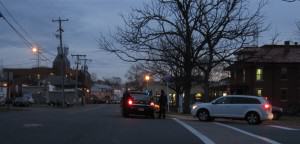
Legal Causation of Car Crash Injuries is Not So Simple
to come up at some point. Causation is one of the elements of a negligence lawsuit and it exists to make sure that the person you are suing actually caused your injury. Makes sense so far. But, the law says that there are two parts to this causation question: cause in fact and proximate cause.
The first onecause in factis easy. Its the conclusion that every plaintiff comes to: I was fine before the accident and now Im not, therefore the defendant must be responsible. Or you can think about it the way its taught to first-year law students: but for the defendants actions, I wouldnt be injured today. This is where the doctors opinion is helpful because it establishes a link between the accident and the injury.
But cause in fact is only part of the analysis. The other part of proving causation is called proximate cause and heres where what we know about cause and effect doesnt really matter anymore. Instead, the question becomes: when the defendant behaved irresponsibly, was it foreseeable that I would be injured? The best way to understand this is to understand that one of the goals of negligence law is to allow plaintiffs to recover for injuries or accidents that the defendant could have predicted and then prevented.
That is what legal cause or proximate cause is all about and its why at some point so many negligence cases start becoming more complex. At the Herndon law firm ABRAMS LANDAU, experienced Virginia car crash lawyer Doug Landau is often asked why injuries that appear after an accident are not always the responsibility of the unsafe driver’s automobile insurance company. If you or someone you know or care for has been injured as the result of a car, truck, bicycle or motorcycle crash and there are questions about causation, e-mail or call us at ABRAMS LANDAU, Ltd. (703-796-9555).
